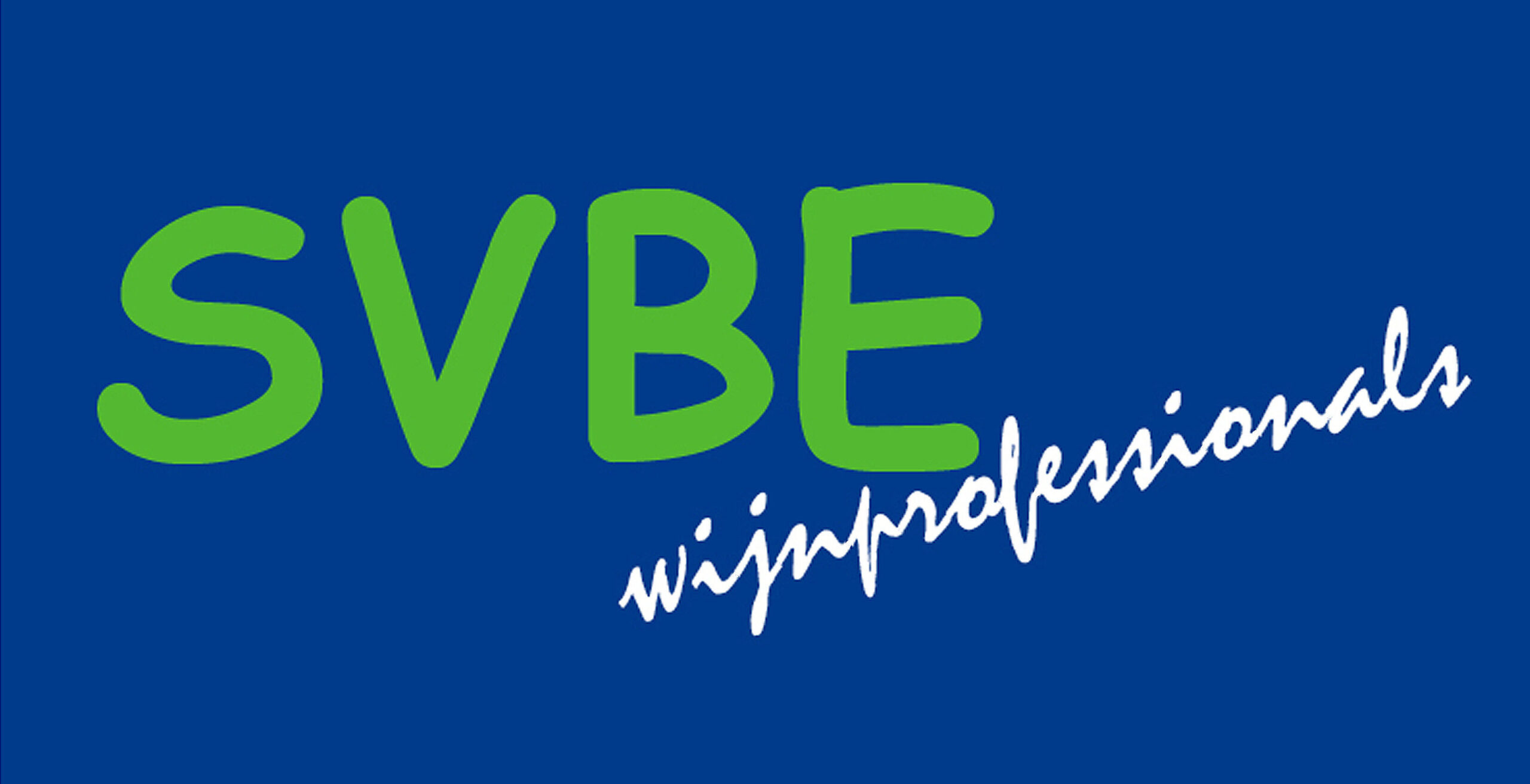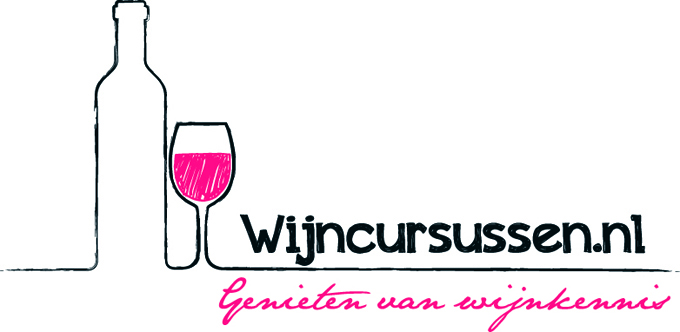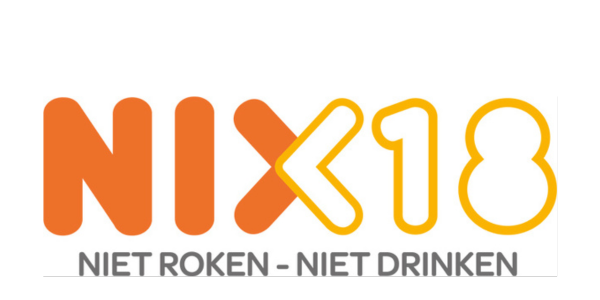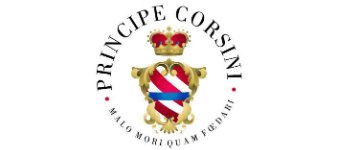
Excellent quality at the Tuscan Fattoria of the historical Corsini Family
San Casciano (Fi) – At Villa Le Corti, the harvest of Sangiovese is one of the first in the Chianti Classico area and it usually takes place between 20 September and the beginning of October, about ten days ahead compared to the central areas of the appellation. This year, it has taken place in accordance to traditional timing, respecting an almost perfect seasonality. From 2 to 4 September late green harvest of sangiovese grapes for the Rosé spumante started, followed by the harvest of the grapes for the rosato, a new experiment revived at Villa Le Corti after the disruption of its production for a few years. The wonderful colors – onion leaf that recalls a grandmother’s old face powder – prepare for an interesting outcome.
From 6 to 16 September, we harvested great Merlot followed by the Colorino, then also the Sangiovese and, finally, capping the harvest off last 8 October.
The linear trend allowed the delivery of the grapes to the winery in a calm and regular timing.
«The quality is outstanding – says Duccio Corsini, head of the Chianti Classico winery, heir of the historical family of the 13th century – absolutely better compared to the last 4 to 5 years, which have accustomed us to lower productions. The weight has regained a quantity of liquid and pulp similar to the usual. Therefore, the ratio between quantity and quality is excellent, with an average production of 5.5 tons of grapes per hectare».
The generally well-balanced weather trend favored the grapes, which benefited from the thermal swings between sunny days and cool nights, thus strengthening the aromatic component at maximum.
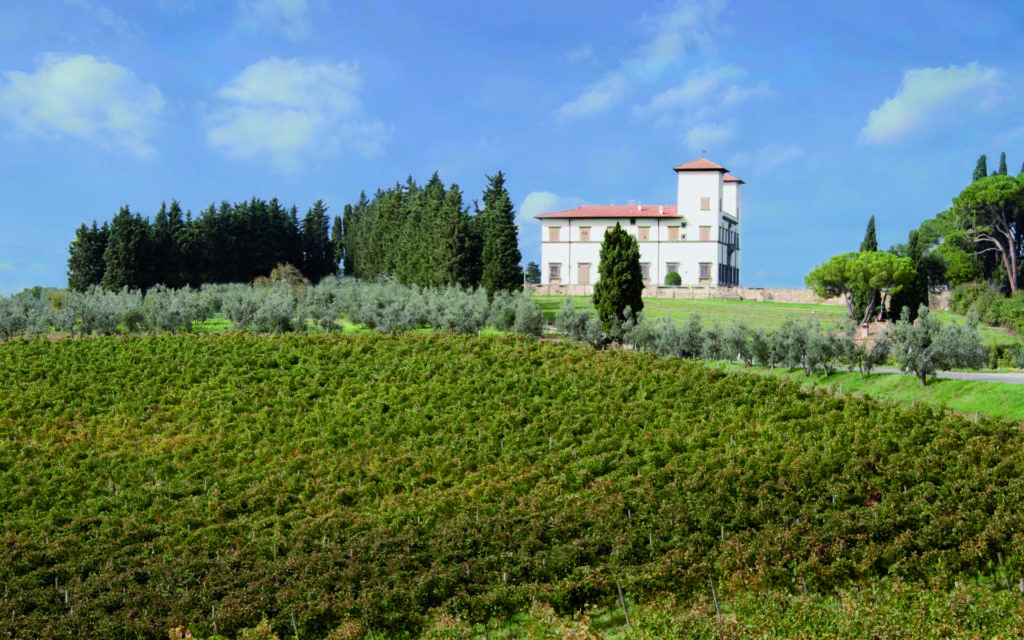
IN THE VINEYARD
«The farmland has been managed very well, the plants have not suffered from water stress: thence, it has been a very good vintage for the plant system, although it has undoubtedly been difficult in agronomical terms» states Laura Lenzi, Principe Corsini’s agronomist. «We have found ourselves in the midst of various types of climatic anomalies which have substantial and direct effects on the operations in the vineyard».
The very low temperatures and abundant rains in spring have brought about frequent treatments, which have been impeded by the natural but somewhat strange rise in the temperature starting from June onwards, during the flowering and fruiting period.
A vintage that has required great effort on the field, careful and focused, made possible also thanks to an excellent teamwork.
«In terms of organic and biodynamic management, the results have been outstanding – adds Laura Lenzi – thanks to targeted and repeated operations using homeopathic dosages combined with the experimentation of essential oils, whose use will be increasingly common in the future».
Thus, the grapes delivered in the winery were not only healthy, but they have also undergone an organic healthcare consisting in “green” farming practices, respecting an organic vineyard management started in 2012 and defined in 2015 with the attainment of the certification and the first organic-certified harvest.
A craftsmanship that is increasingly moving away from a standardized operational planning in favor of actions tailored to the season and the single vineyard.
IN THE WINERY
The winemaking process does not aim at shaking up work in the vineyard, but at completing it while enhancing the grape’s natural identity. This is the mantra that summarizes the mindset and actions of Principe Corsini, in terms of simplicity and control, applying a non-standardized model in favor of an increasingly respectful work on the fruit.
The grape arrives intact in the winery. It all starts with a manual selection of the bunches, followed by the use of a crunching and sorting machine that works delicately – replacing the classic de-stemming press – arriving to the manual selection table of the berries.
The utmost importance given to the integrity of the grape, in order to achieve an optimal result with the wine, has led to a change in the transportation of the grapes. In 2019, the classic transport with grape pump and wide tubes has been replaced with a specifically designed conveyor belt system, well-integrated into the historic setting of the winery, so as to maintain the grape intact until its arrival inside the fermentation tanks.
«We strive to maximize the quality of the raw material and respect it by intervening as little as possible with the products – tells the wine maker Claudio Giglioni, supervisor of the winery and the winemaking process at Villa Le Corti.
With this in mind, even the yeast used has been chosen on site in the early ‘90s. The invasive technology is reduced to a minimum: simple punch- down to sink the cap during fermentation, greatly limiting pump-over.
«The idea – according to Giglioni – originates from the method used for the (limited) production of FICO, with which intervention has been minimal, and, seeing the big difference in the results, we decided to apply this method to the general winemaking process, for the whole of the production. The objective is to have the same result as FICO, but on a larger scale. Wines are more fruity and lesser concentrated on aging aromas».
Yield and quality of the grapes that have reached the winery are outstanding: a vintage that will bring good results.
«We can speak of a classic vintage, that well represents the territory of San Casciano, particularly that of Villa Le Corti, foreseeing results that emphasize the elegance, finesse and verticality of the potential wines» ends Duccio Corsini.
A unanimous voice has been raised by the staff of Villa Le Corti, which emphasizes the excellence not only of the perceived quality but also of the territorial uniqueness conveyed by the wine, result of attention and human care.







